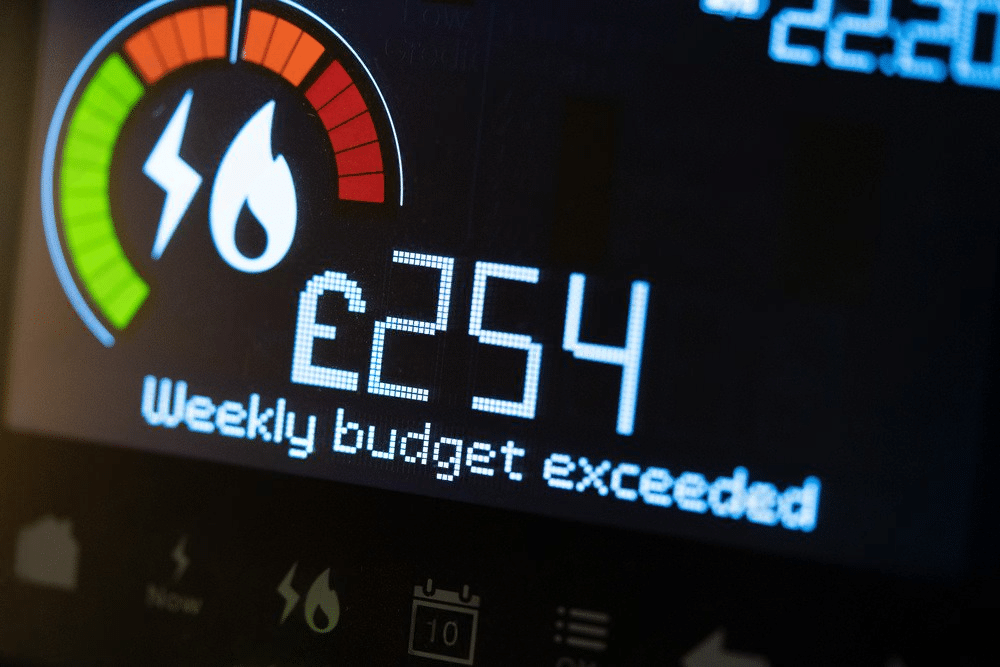the United Kingdom continues to grapple with elevated energy costs, placing significant financial strain on households and businesses nationwide. In response, the government has implemented a series of measures aimed at mitigating these challenges and ensuring long-term energy affordability.
Current Energy Price Landscape
The energy price cap, established to limit the maximum amount suppliers can charge for standard variable tariffs, is set to increase by 6.4% on April 1, 2025. This adjustment will raise the typical annual dual fuel bill to £1,849, representing an increase of £111 per year. The cap is reviewed quarterly, with the upcoming rate applicable from April to June.
Government Initiatives to Address Energy Costs
To alleviate the burden of rising energy expenses, the UK government has introduced several initiatives:
-
Energy Price Guarantee (EPG): The EPG limits the unit cost of electricity and gas, providing a safety net against volatile energy prices. However, concerns remain regarding its adequacy, as energy debts persist and UK households continue to face some of the highest electricity costs globally.
-
Energy Efficiency Grants: The government has accelerated its “Plan for Change,” offering grants to improve home energy efficiency. These grants aim to reduce energy consumption and lower bills for households across the country.
-
Warm Home Discount Scheme: This program provides eligible low-income households with a one-off discount on their winter electricity bill, helping to alleviate some of the financial pressure during colder months.
Structural Reforms and Future Plans
In December 2024, the government unveiled the “Clean Power 2030 Action Plan,” aiming to transition the UK to a clean energy system by 2030. This plan focuses on increasing renewable energy generation, modernizing the energy grid, and reducing reliance on fossil fuels, thereby enhancing energy security and stabilizing prices.
Additionally, there are calls for reforming the UK’s power market structure. Currently, electricity prices are often set by the marginal producer, typically natural gas, which can lead to higher costs even when cheaper renewable sources are available. Proposed reforms include redistributing excess revenues from low-cost energy generators to consumers through targeted hardship payments and implementing regional pricing to better reflect local energy production costs.
Challenges and Criticisms
Despite these initiatives, challenges persist. The Public Accounts Committee has criticized the government’s response, highlighting that previous support schemes were not adequately targeted, resulting in assistance being provided to those who may not have needed it, while vulnerable households continue to struggle. The committee urges the government to develop more effective financial support mechanisms and to ensure preparedness for future energy crises.
Conclusion
The UK government’s multifaceted approach to addressing high energy costs encompasses immediate financial assistance, investments in energy efficiency, and long-term structural reforms. While these measures represent steps toward alleviating the energy cost burden, ongoing assessment and adaptation are crucial to ensure that support reaches those most in need and that the nation’s energy system becomes more resilient and affordable in the years to come.

